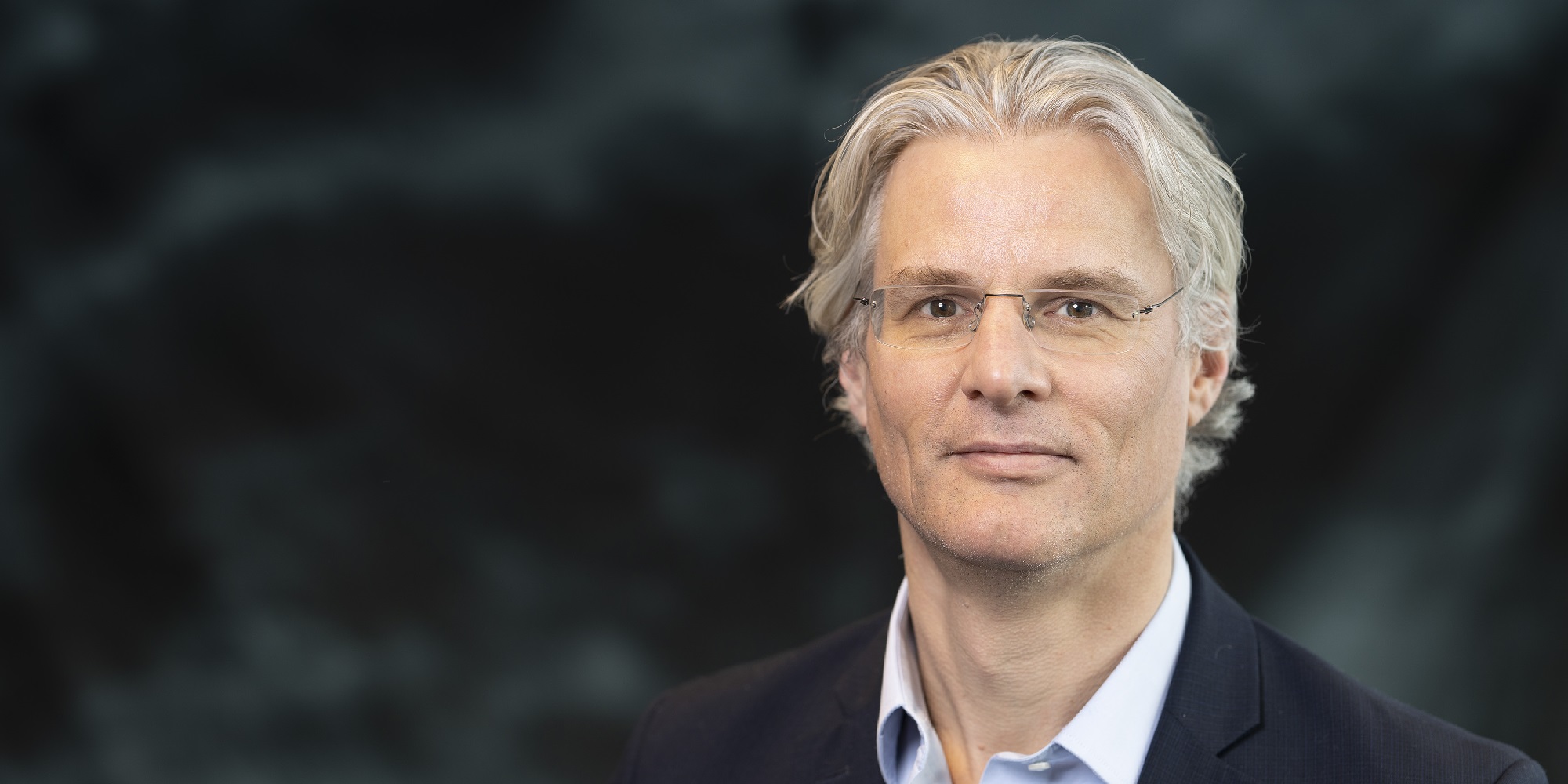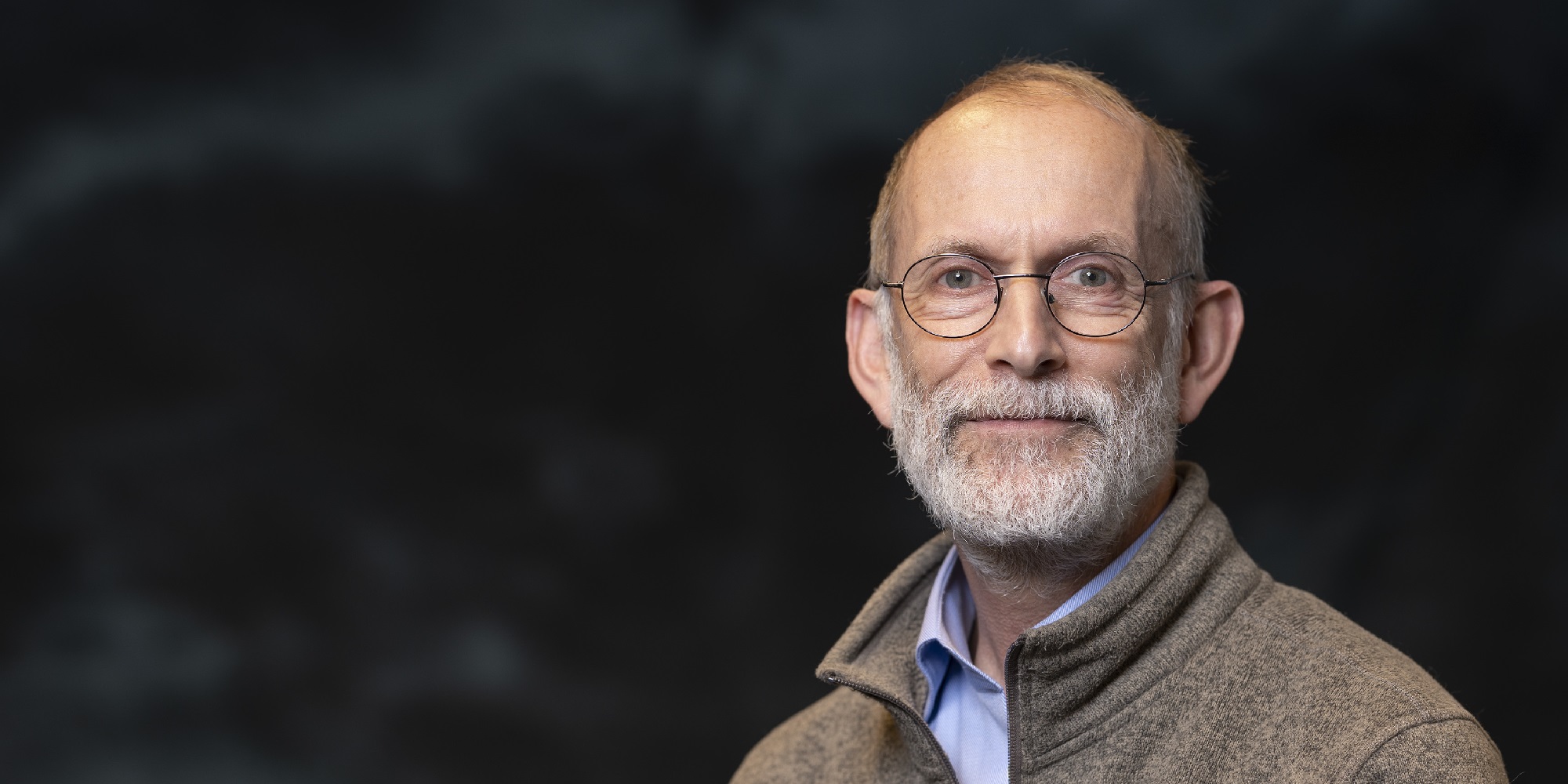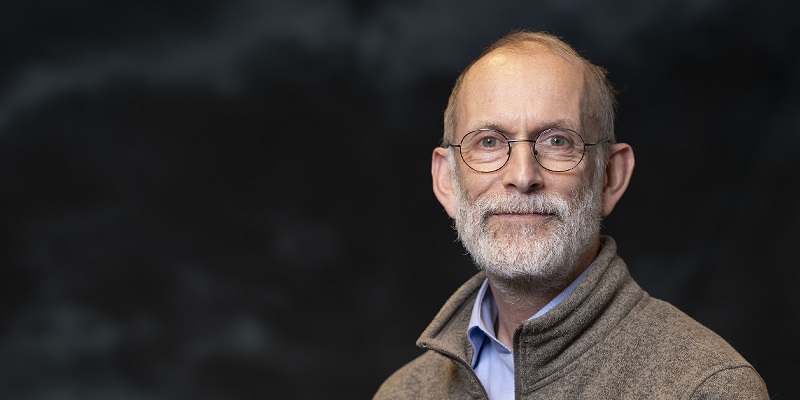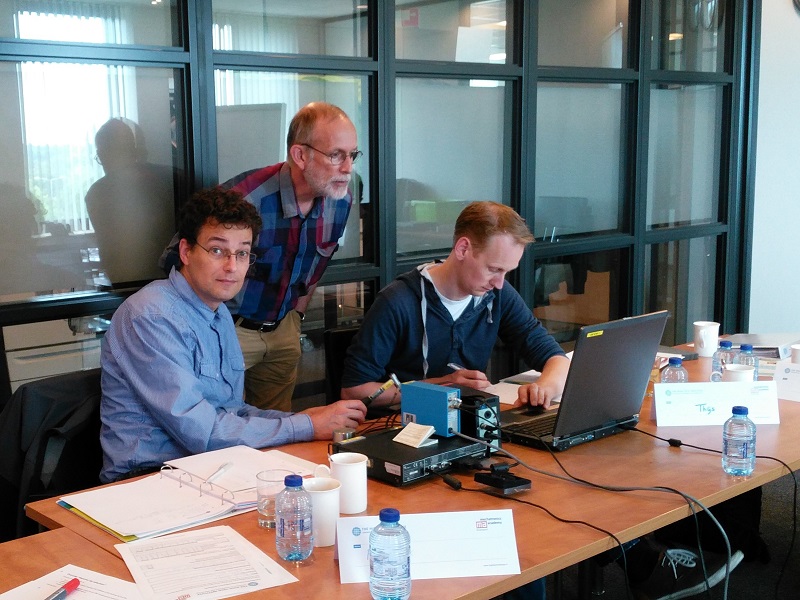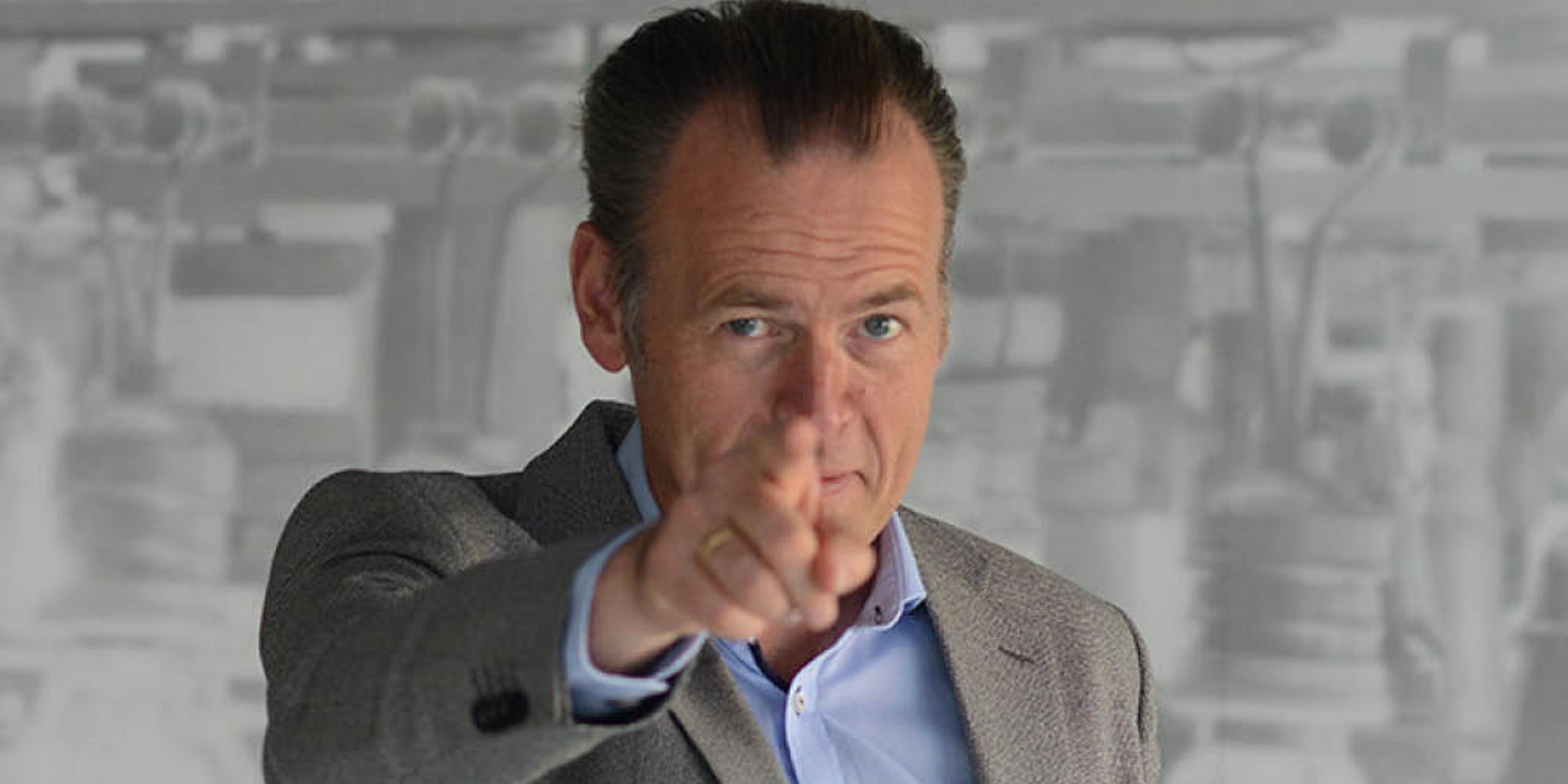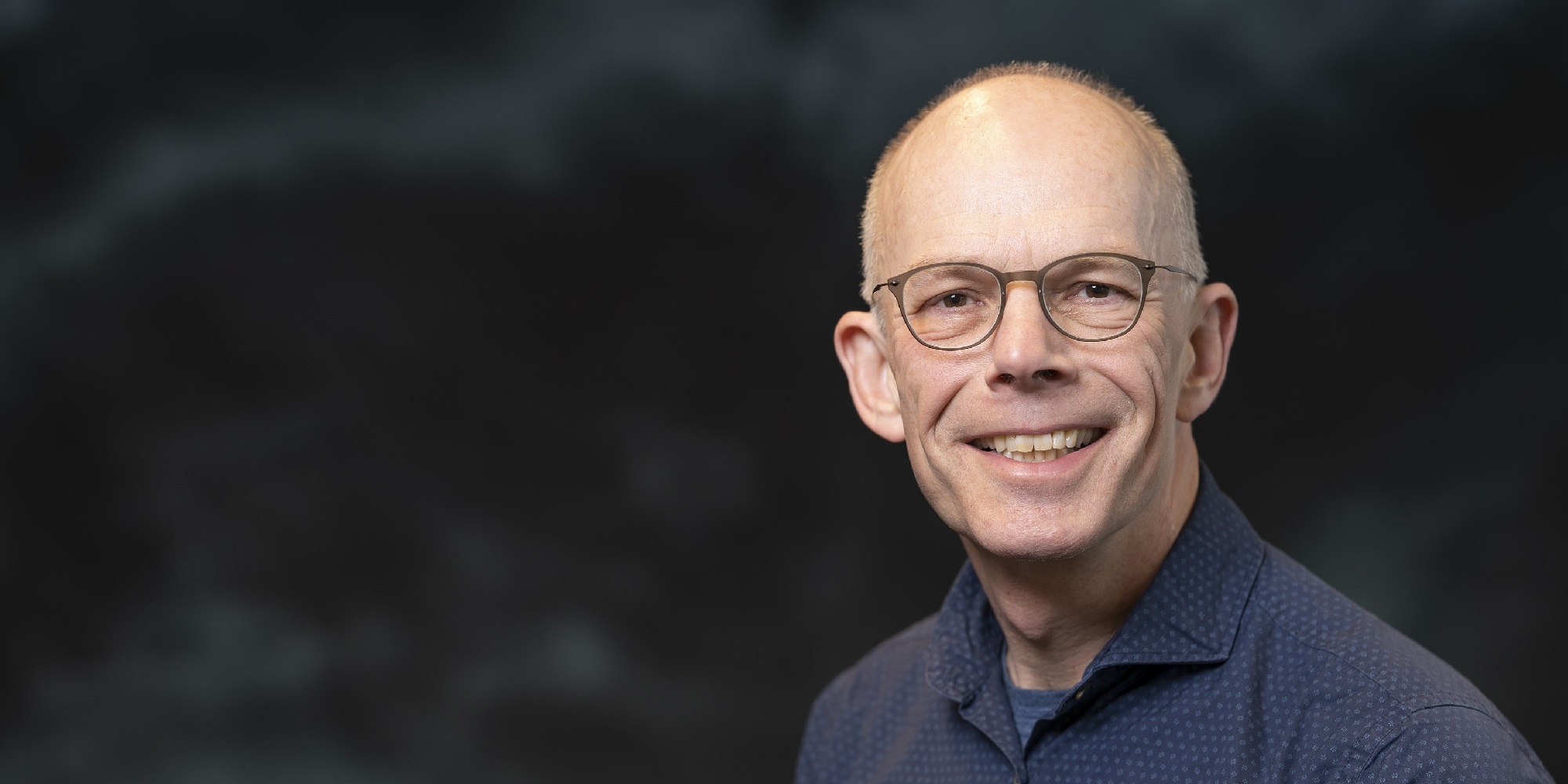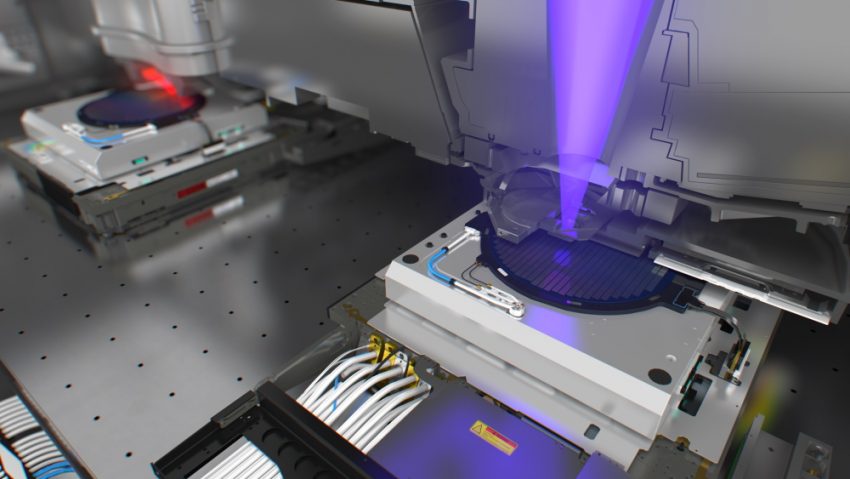In March it came as a shock: sitting at home and working at home. What have we learned over the past period about what works and what doesn’t? And what can you learn from this for the future?
The pros and cons of working remotely appear to be closely related and are largely determined by the situation. The type of work, the mutual relationship between those who work together and the personality of the individual worker are determining factors whether online works well or not at all. How about that?
Soon during the corona crisis it became clear that much more is possible with working remotely than we thought. It helped of course that the online tools are a lot more stable and advanced than years ago. More is possible. Working from home also prevents the annoying and time-consuming traffic jam. And when you have quiet circumstances at home, it can help you work in a concentrated way. So for some, it can even increase productivity. Many have also experienced that this is not true for everyone. If it’s restless at home or the walls are coming up and you need real people around you, a few days at the office can be a blessing. For the time being we assume that even after the pandemic it will remain a combination of working at the office and at home. Hopefully it will remain possible for everyone to choose their own optimal balance.
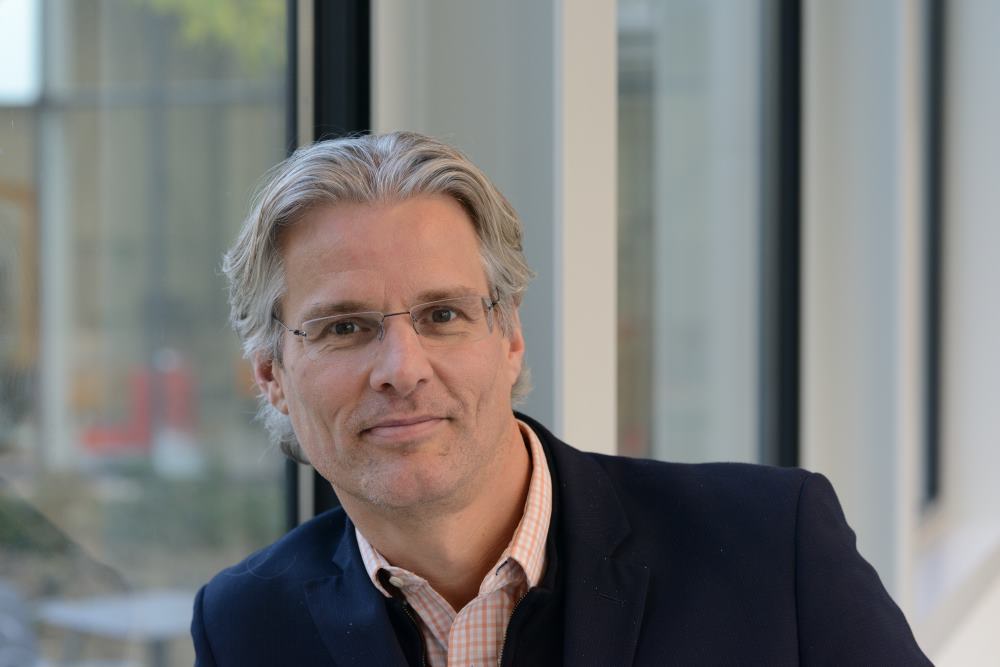
Jaco Friedrich is competence owner of the Soft skills & leadership trainings.
Non-verbal communication
When are online conference calls less effective? Three factors determine this. First: when the relationship between the conversation partner is under pressure and conflict is (or already is) lurking, online works less well. After all, you miss a part of the non-verbal communication and therefore ‘feeling’ how someone is in it is a lot more difficult. Especially when you are in a video conference with several people. You are quickly too direct or not clear enough because you do not see how someone reacts to your message. It is less easy to make adjustments. This increases the risk of losing each other.
This also plays a role in situations where you have to be critical of each other’s work, for example at an important review or decision meeting. You are more likely to get into a discussion or people lose the connection and drop out. There is a risk that the quality of reviews will deteriorate as a result.
Secondly, with conference calls it is more difficult to respond to each other quickly, without talking through each other. Being able to connect to each other is less smooth online. For creative sessions it is therefore usually better to meet physically.
The third factor with conference calls is whether the participants already know each other. If that is the case, the relationship is good and there is mutual trust, then working online will also go a lot better. If that trust is not yet there and the participants are new to each other, group formation will be slower than normal. Another factor is that you miss more or less chance encounters. Moments when you ‘drop by someone’, listen in with others, tune something up or chat informally. The part of the information that you normally pick up in this casual way during the day is completely lost.
Camera and microphone on
What does this mean? Probably working remotely will continue to exist. So the question is how to get the most out of it and avoid the pitfalls. Here are a few practical rules. To minimize missing the non-verbal, I recommend always turning on the cameras as a starting point. In this way you are visible to the others and the others to you. This applies to all participants of the meeting. Possibly this gives bandwidth issues. However, do not, as a precaution, turn off your camera. Turn it on; you can always turn it off.
A next principle is that you do not mute your microphone when you are not talking. Turning it on and off is a threshold – no matter how small – to be able to react quickly to each other. So advice: leave it on. Unless your dog is barking or the neighbor is drilling.
To keep each other informed, it can be useful to start every morning with a ‘stand-up’. Everyone briefly tells you how it goes and what he or she is going to do that day. In this way you pick up on each other’s situation, who needs help or where you might be able to think along with each other. Moreover, it creates a moment to start your work day with a clear focus. That in turn helps to prevent your motivation from dropping. If you don’t have a team, an accountability buddy might be the solution. In plain Dutch: someone with whom you go through the day every morning and who keeps you on your toes (‘Did you finish this yesterday?’, ‘Have you already asked them for help or are you going to postpone that until tomorrow?’).
In addition, for everyone: create physical activity every day, make sure you have social contact, make sure you’re outdoors for a while, take a short break every hour and put your computer out of sight when you’re done with work. Actually, these are good routines anyway, so you can use this time to wear down some good habits.
